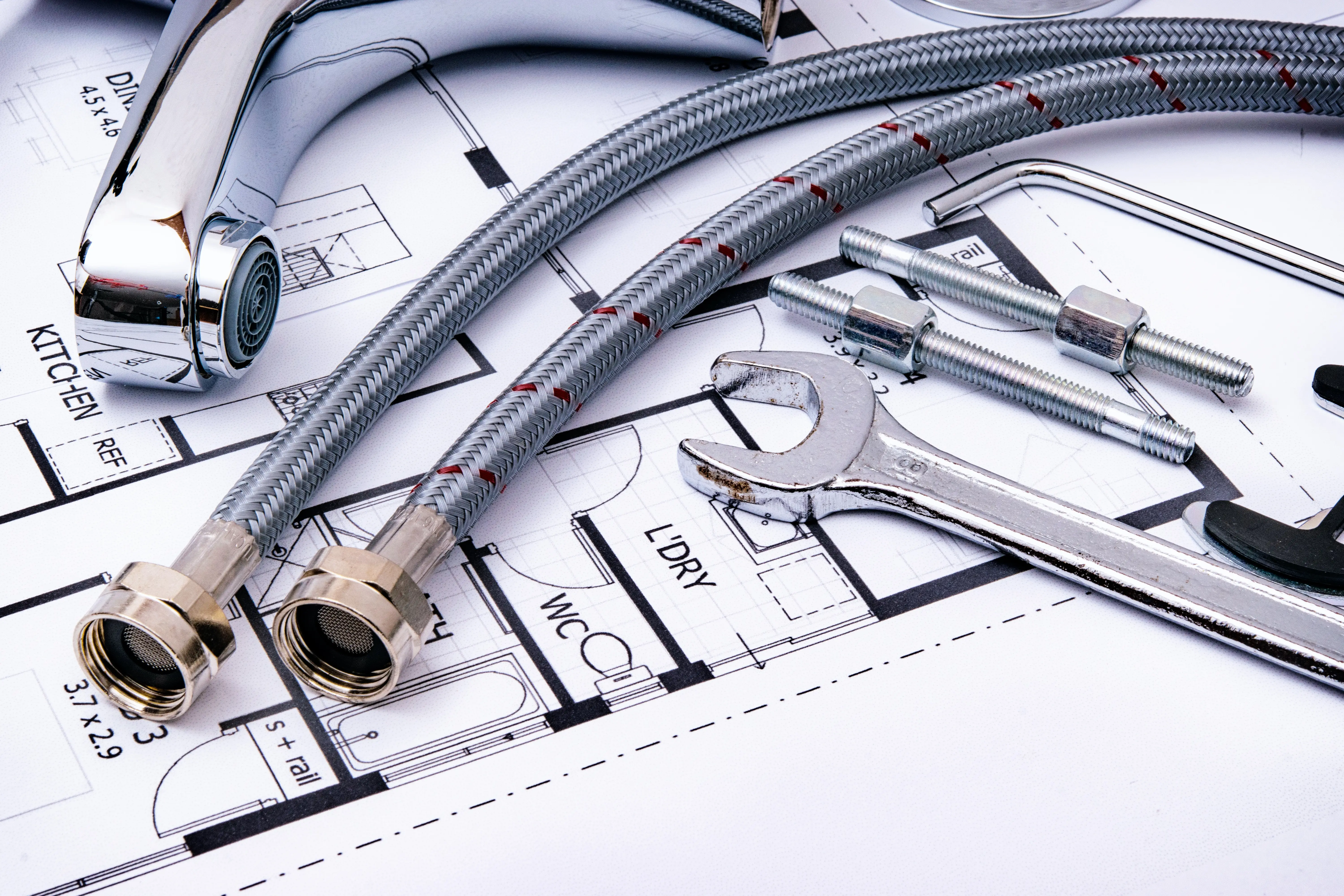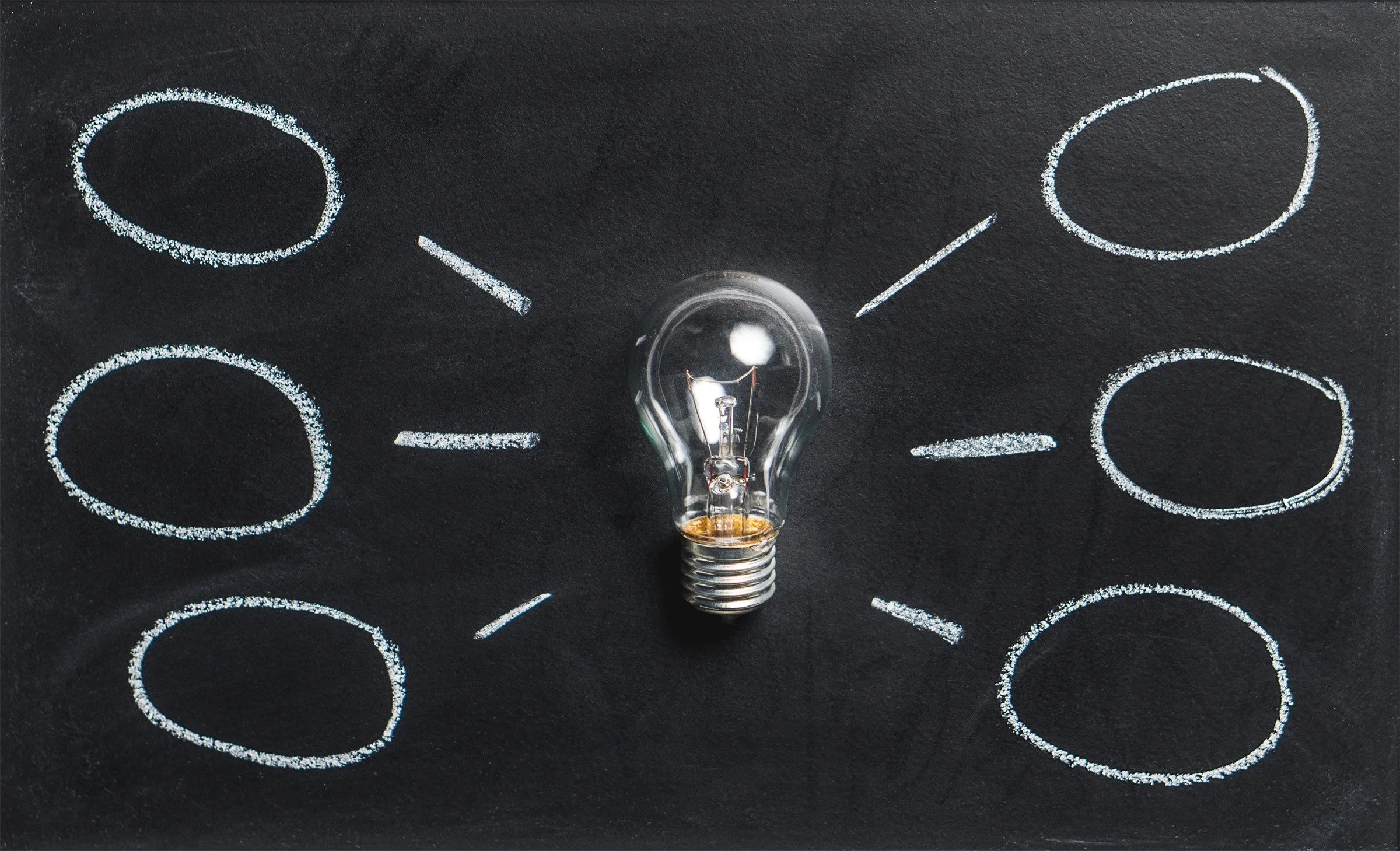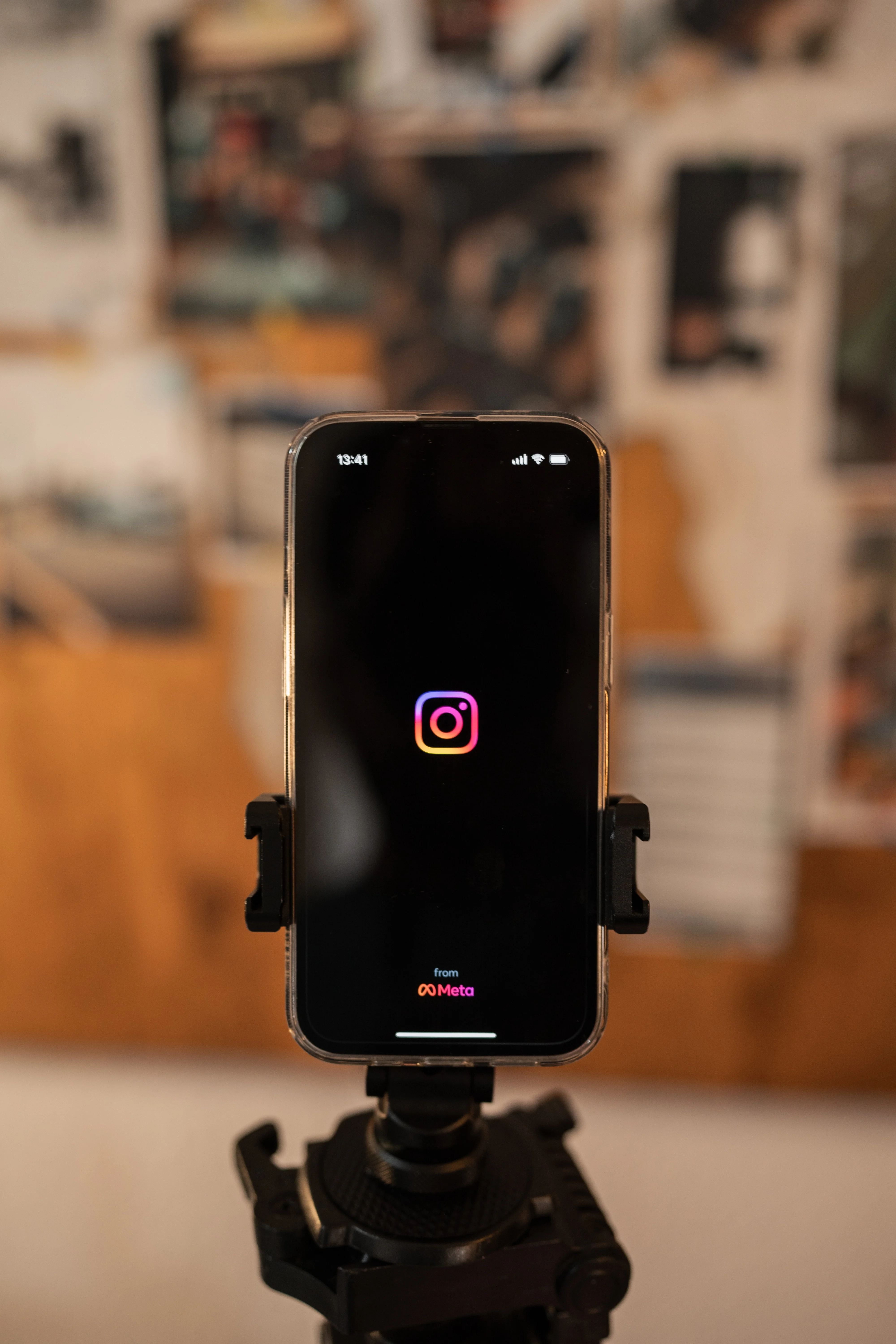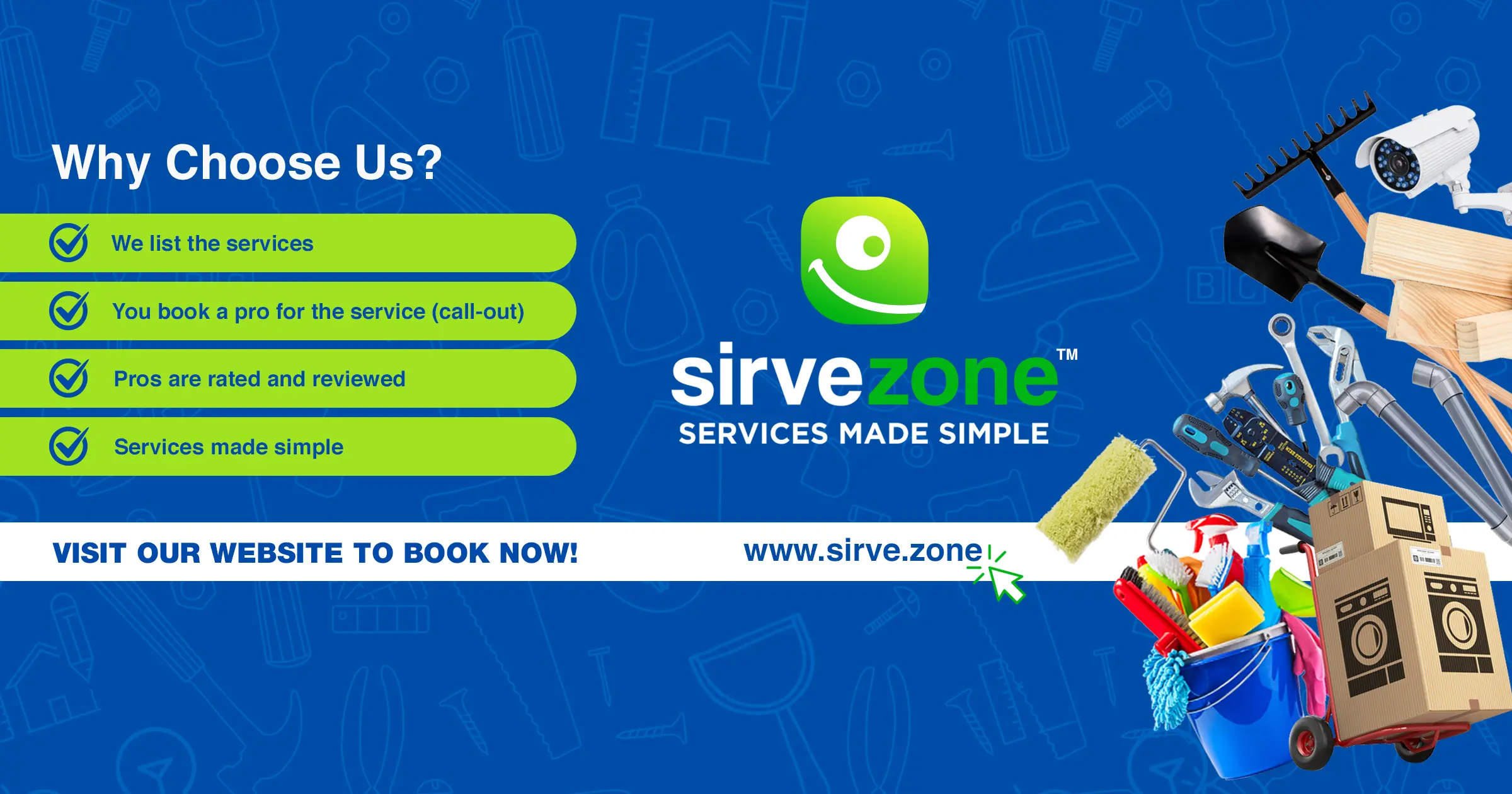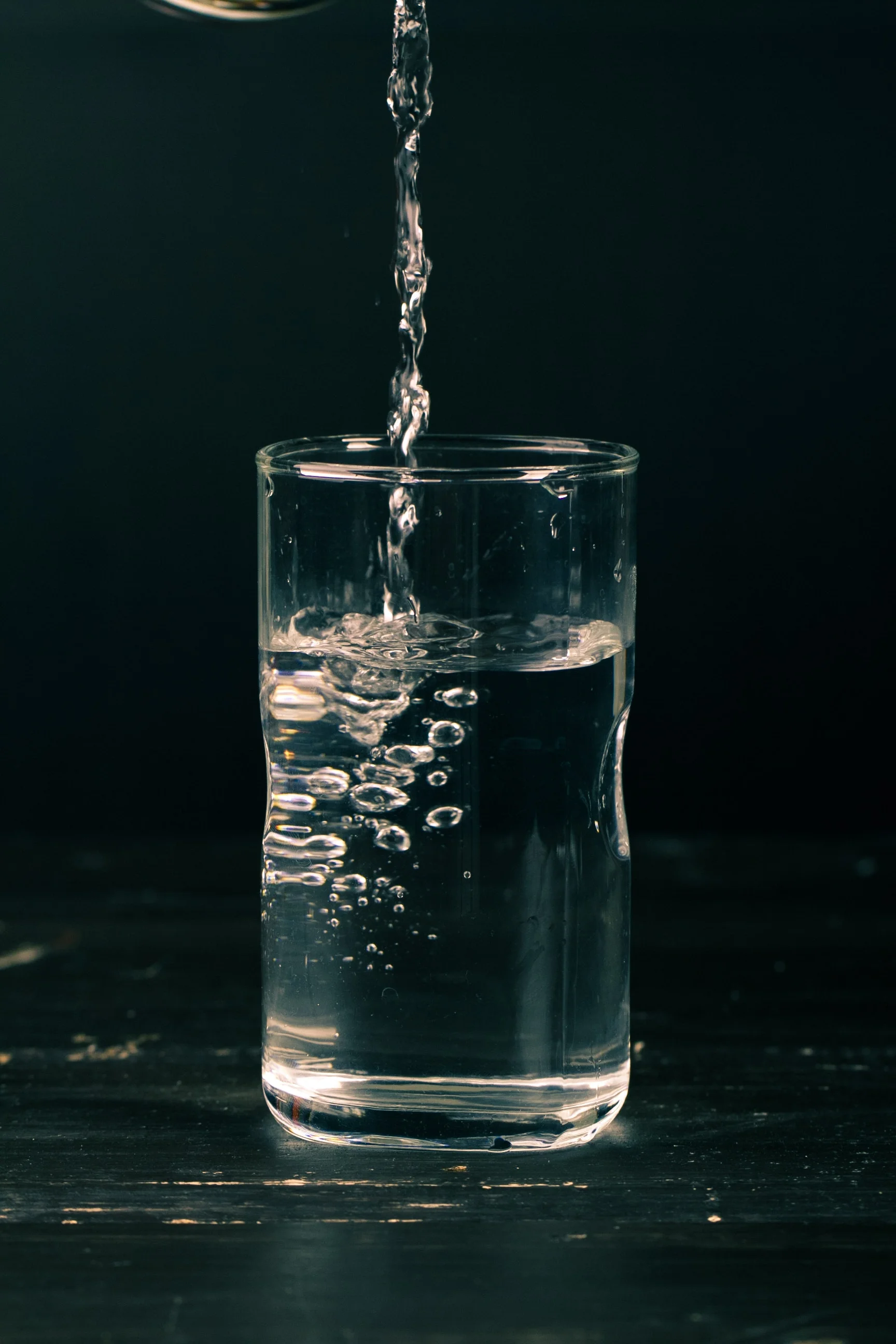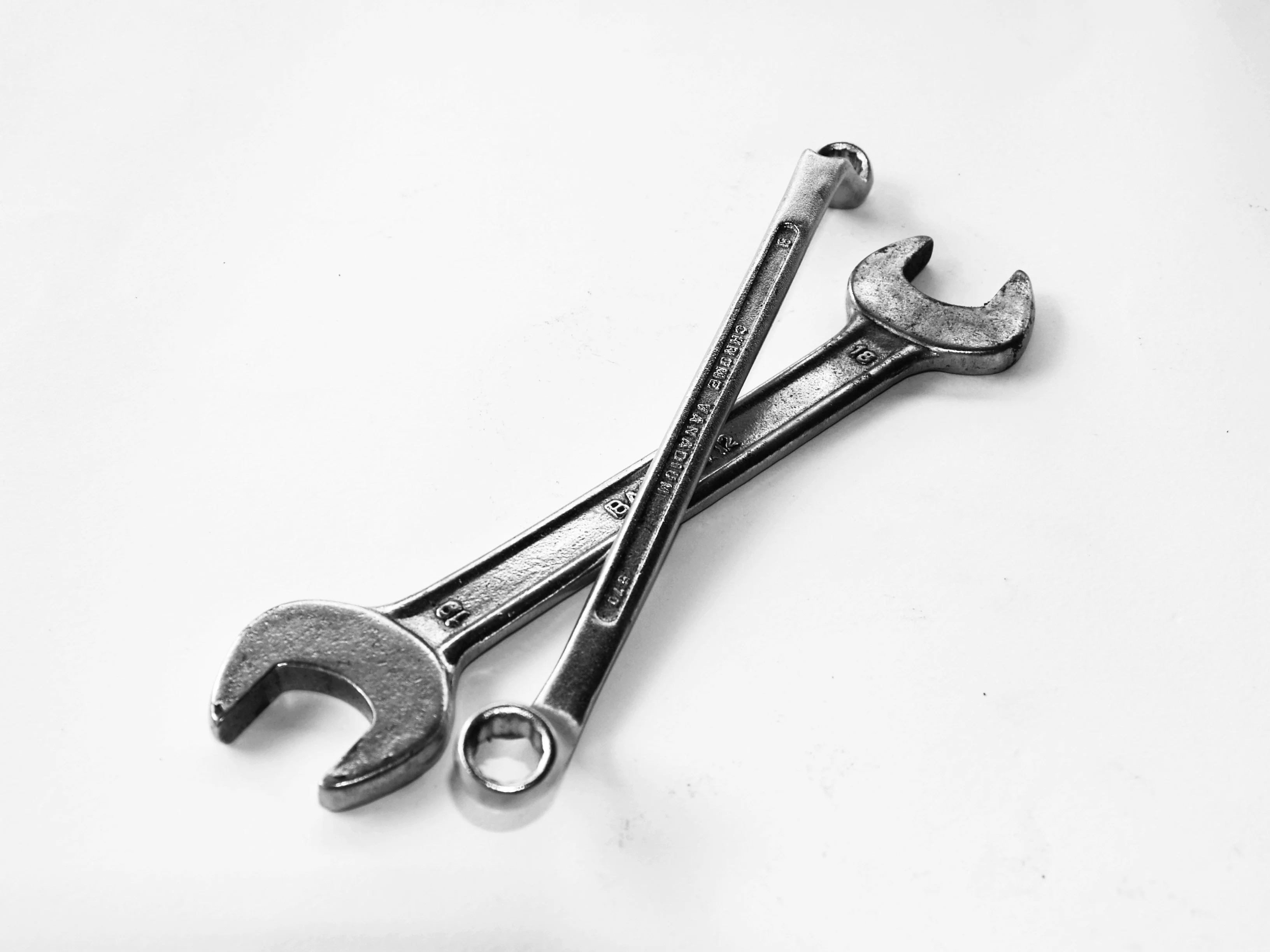A quick guide to understand the dynamic duo: The inverter and battery
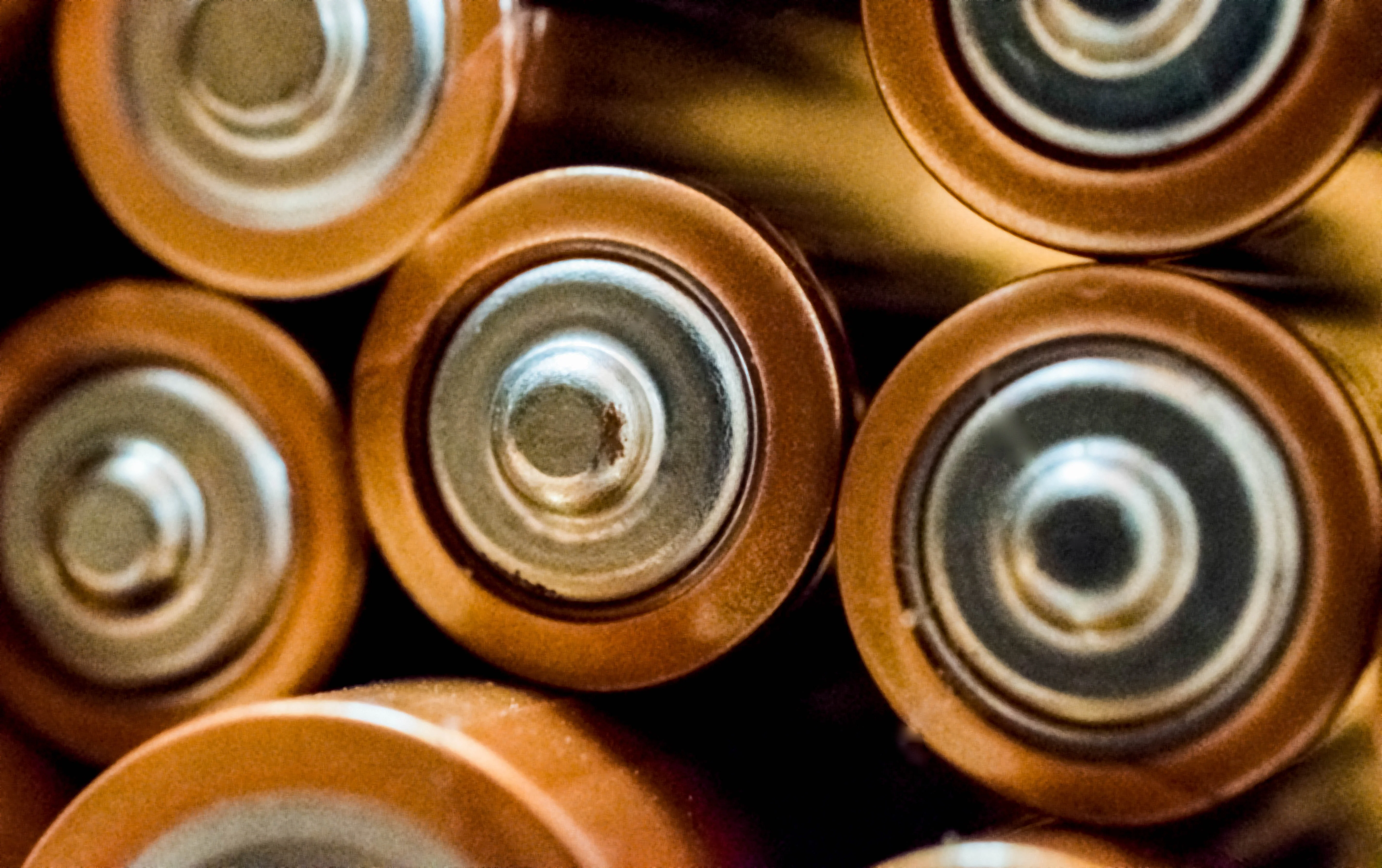
A quick guide to understand the dynamic duo: The inverter and battery
In this blog, we break down an inverter and battery installation, the different types of batteries, their pros and cons, and an estimate of how long a battery can run certain household items like a TV:
1. Inverter and Battery Installation: An inverter and battery installation is a system that allows you to convert DC (direct current) power stored in batteries into AC (alternating current) power, which is suitable for powering household appliances and electronic devices. The installation typically involves the following components:
- Inverter: The inverter is responsible for converting DC power from the battery into AC power that can run household appliances. Choosing an inverter with the appropriate power capacity is essential to meet your needs.
- Batteries: The batteries store the DC power and provide a continuous electricity supply. The batteries' type and capacity will determine the system's overall performance and runtime.
- Charge Controller: If you use solar panels to charge your batteries, a charge controller regulates the charging process to prevent overcharging and optimize battery lifespan.
2. Types of Batteries: There are several types of batteries commonly used in inverter installations. Each type has its characteristics, pros, and cons. Here are some of the most common types:
- Lead-Acid Batteries: This is a traditional and widely used battery type. It comes in two variations: flooded lead-acid (FLA) and sealed lead acid (SLA). FLA batteries require periodic maintenance, while SLA batteries are maintenance-free. They are relatively affordable but have a limited lifespan and lower depth of discharge.
- Lithium-Ion Batteries: Lithium-ion batteries are known for their high energy density, longer lifespan, and deeper discharge capability. They are lightweight, require no maintenance, and have a faster charging time compared to lead-acid batteries. However, they are more expensive upfront.
- Gel Batteries: Gel batteries are lead-acid batteries that use a gel electrolyte, making them spill-proof and suitable for indoor installations. They have a longer lifespan, perform well in deep discharge cycles, and require minimal maintenance. However, they are more expensive than traditional lead-acid batteries.
3. Pros and Cons of Each Battery Type: - Lead-Acid Batteries: - Pros: Affordable, widely available, suitable for moderate usage, tolerant to high temperatures. - Cons: Limited lifespan, lower depth of discharge, require maintenance (FLA) and can be sensitive to overcharging.
- Lithium-Ion Batteries: - Pros: High energy density, longer lifespan, lightweight, faster charging, deeper discharge capability, no maintenance. - Cons: Higher upfront cost, complex battery management system required for proper charging and discharging.
- Gel Batteries: - Pros: Spill-proof, longer lifespan, perform well in deep discharge cycles, require minimal maintenance. - Cons: More expensive than traditional lead-acid batteries, lower energy density compared to lithium-ion batteries.
4. Battery Runtime for Household Items: The runtime of a battery to power household items like a TV will depend on various factors, including the battery capacity, power consumption of the TV, and the efficiency of the inverter. Here's a rough estimate based on a typical scenario:
Assuming you have a 12V battery with a capacity of 100Ah and a TV with a power consumption of 100W:
- Calculate the energy consumption per hour: 100W / 12V = 8.33A - Estimate the battery runtime: 100Ah / 8.33A ≈ 12 hours
Please note that this is a simplified calculation and does not account for factors like inverter efficiency, battery age, or other appliances running simultaneously. It's recommended to consult the manufacturer's specifications and consider professional advice for accurate estimations and system sizing.
Remember, the actual runtime may vary, and it's crucial to assess your specific requirements and consult with a qualified technician to ensure a proper and safe installation of your home's inverter and battery system.
Disclaimer: Electrical installations and working with batteries involve potential hazards. It is strongly advised to consult a professional electrician or technician for proper installation, safety measures, and accurate calculations.

